Recent graduate Emily Schalkham ’21 has been at the forefront of efforts to promote climate change awareness as a member of the student-run organization Students For Climate Action (S4CA). The group’s mission is to mobilize students to act on behalf of climate policies and 100 percent renewable energy initiatives, and help shape local, county, state and federal policy.
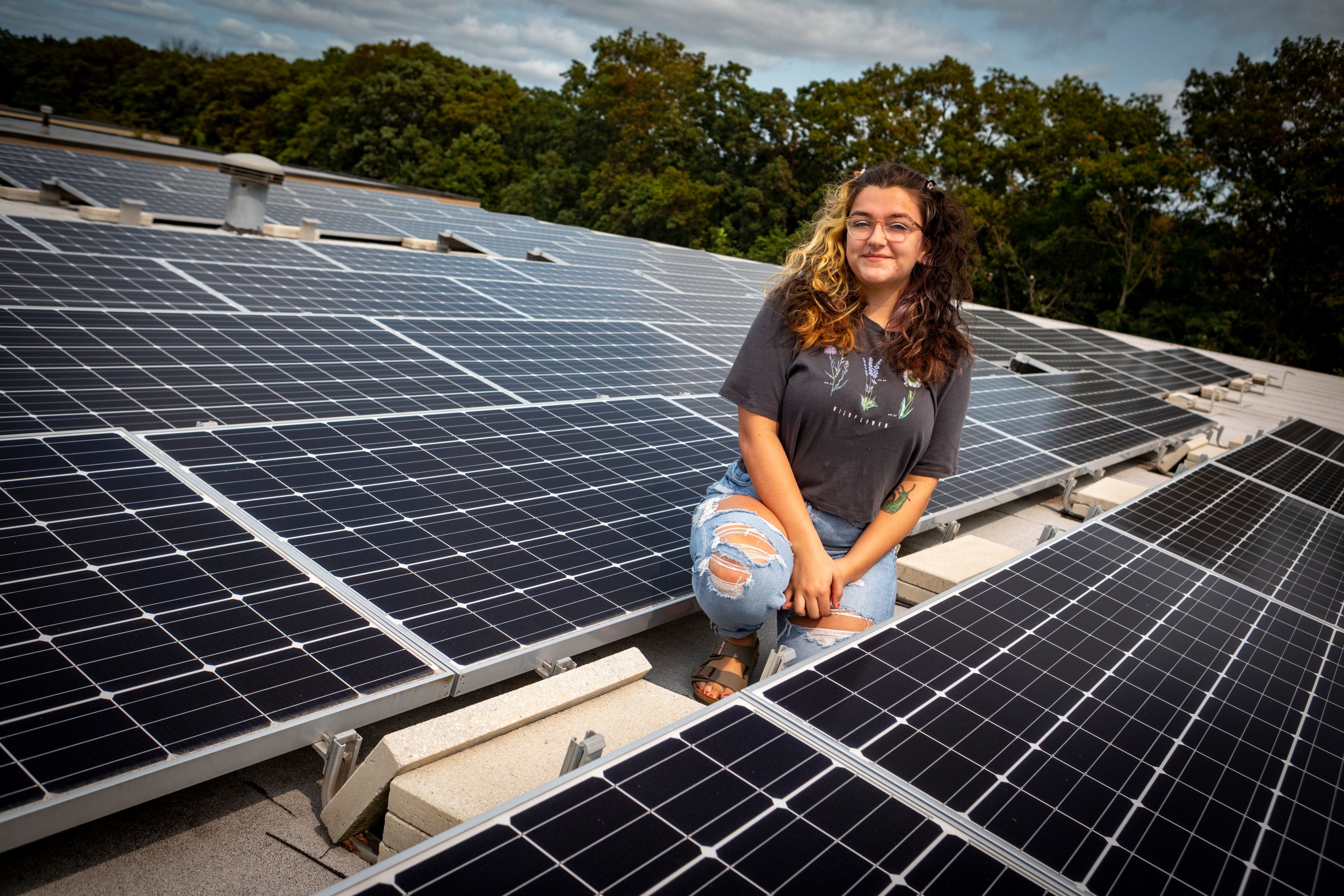
“Their Passion Is Contagious:”
Stony Brook University’s Sustainability Studies Program is preparing the next generation for the interwoven challenges of climate change
Donovan Finn, PhD, is an assistant professor in the Sustainability Studies Program at Stony Brook University. He has a background in urban planning, but his teaching is much broader. His focus is on systems, how they affect one another, and how those intersections can impact people and environments in unexpected ways. It’s a complicated approach to issues like climate change, but necessary, which is why he shares an anecdote about a time even he fell back into old habits:
Three years ago, Finn visited the Netherlands to learn more about how the Dutch manage life below sea level. An engineer listened patiently to Finn’s many technical questions but finally cut him off.
“You’re asking the wrong questions,” the engineer said. “You can always solve a water-related problem with engineering. That’s the easy part, just spend enough money and you can fix anything. But if you don’t use that opportunity to solve a social or economic or environmental sustainability problem at the same time, then you’ve squandered the money the public entrusted to you.”
Of course, Finn thought. The exchange was a reminder of how easy it is for specialists to miss the forest for the trees. Since 2009, the undergraduate Sustainability Studies Program has been helping the next generation to see and respond to the intersecting environmental, social, political, economic and ethical challenges presented by unsustainable human behavior and environmental degradation.
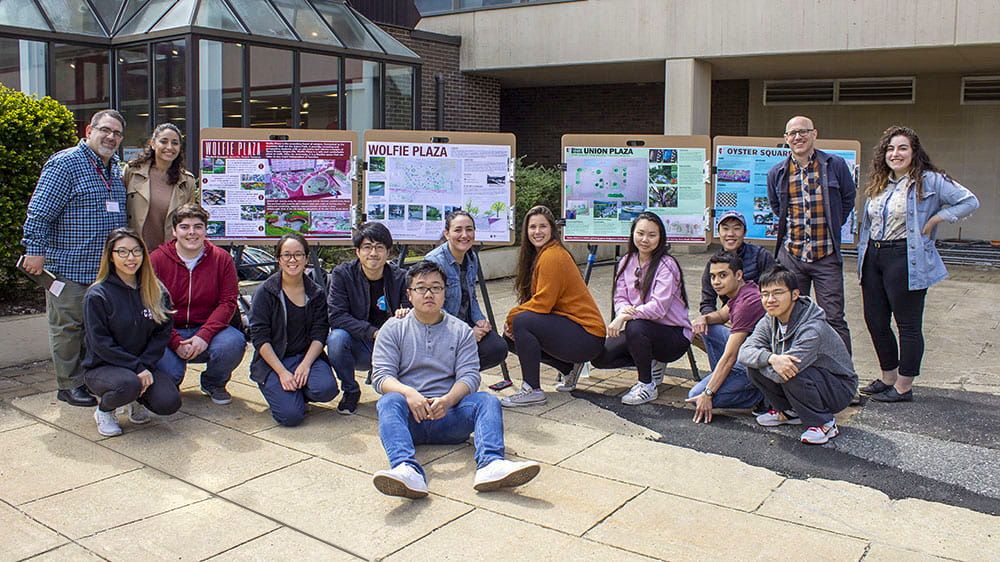
In Donovan Finn’s Environmental Design class, students have hands-on experience creating sustainable designs, such as a recent project where they were asked to rethink the function of a high-traffic outdoor area. They offered sustainable ideas in their plans, such as adding rain gardens as an environmentally sound way to address stormwater runoff. [Photo credit: FSA/Stony Brook University]
In Donovan Finn’s Environmental Design class, students have hands-on experience creating sustainable designs, such as a recent project where they were asked to rethink the function of a high-traffic outdoor area. They offered sustainable ideas in their plans, such as adding rain gardens as an environmentally sound way to address stormwater runoff. [Photo credit: FSA/Stony Brook University]
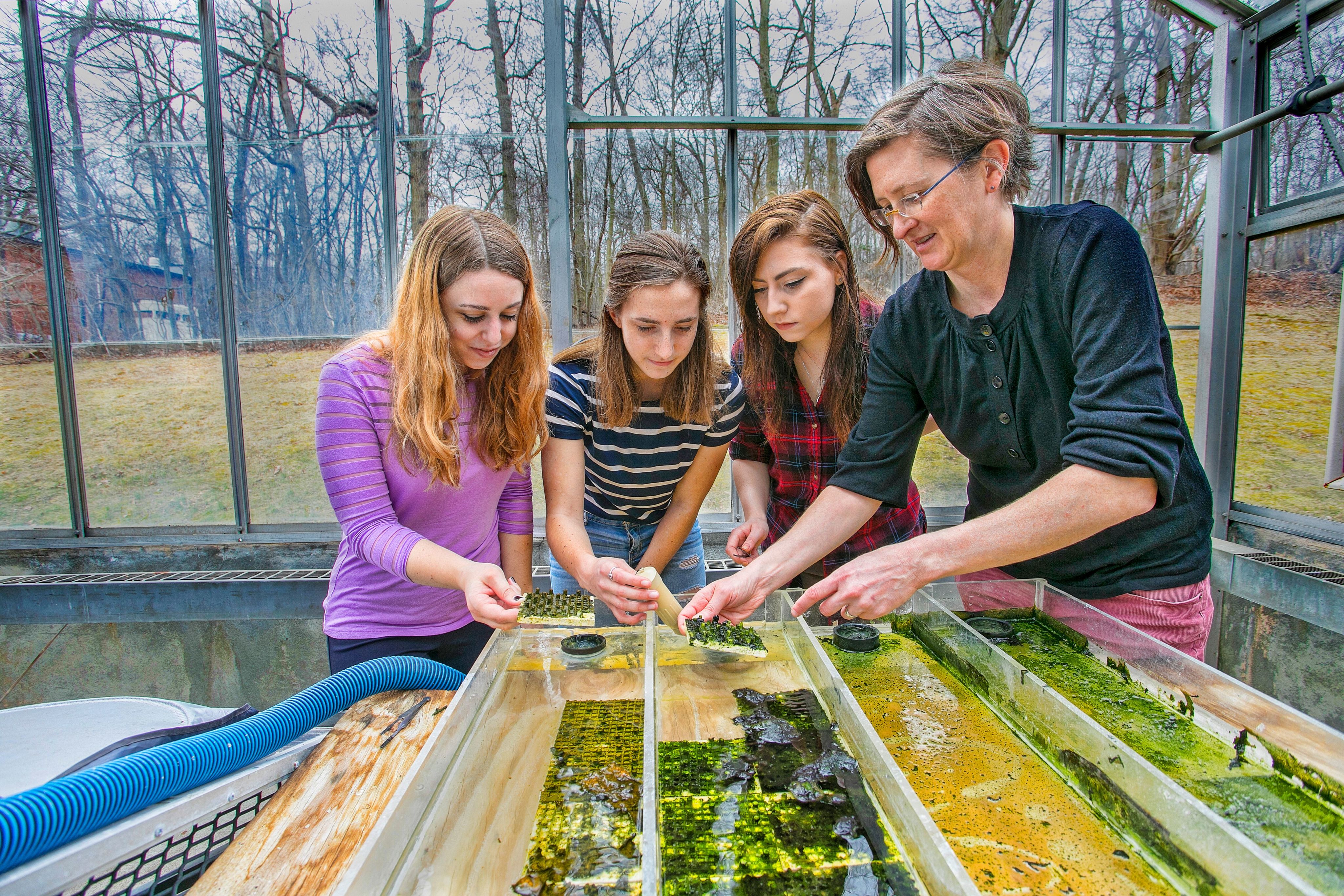
In Associate Professor Kate Aubrecht’s Chemistry lab, students work on a project that explores conditions that allow for increased lipid production in algae to cultivate an efficient biofuel.
In Associate Professor Kate Aubrecht’s Chemistry lab, students work on a project that explores conditions that allow for increased lipid production in algae to cultivate an efficient biofuel.
“From the start, the program was set up to be very collaborative,” said Katherine Aubrecht, PhD, Director of Sustainability Studies and professor of Chemistry. Sustainability Studies is part of the School of Marine and Atmospheric Sciences but maintains its own identity. And unlike some other similar programs, in which instructors remain within their departmental siloes and students move between them, Sustainability Studies has dedicated faculty for its five majors, all of which are built on interdisciplinary and trans-disciplinary instruction.
“Our curriculum is grounded in systems thinking,” Aubrecht explained. “It looks at the components of systems, how they’re interconnected, how those interconnections affect other systems, and where we can intervene. We’re preparing students to be comfortable working at those interfaces and with people whose training might be much different from theirs.”
Interconnections were seen immediately in the destruction left by Hurricane Ida, a real-world example that hit close to home. Most of the people who died in New York City during the staggering rainfall were in basement apartments, which are mostly rented by immigrants and others who are unable to afford other options. That, said Aubrecht, was a chilling example of an intersection between climate change and economic inequality.
“This is different from environmental studies,” she continued. “There are different ways to talk about sustainability. One is the U.N.’s sustainable development goals, which come from a human-centric perspective. In the science, we sometimes talk about it in terms of planetary boundaries. To what extent have we perturbed different planetary subsystems? And at what point are we in danger of reaching a tipping point?”
Students today grasp these lessons quickly, added Finn.
“Ten years ago, students were a little more interested in the classic environmental issues, protecting clean water and recycling, Earth Day-type environmentalism,” he said. “Increasingly, they’re interested in things like climate justice and natural disaster resilience. In the past, they were interested in getting individual people to take actions to create a greener society. Today they are more interested in remaking the systems of society.”
Sustainability Studies is also attracting a wider array of high-caliber students than when it started, and is becoming more racially, geographically and socio-economically diverse, Finn noted, adding: “I’m not satisfied with where we are, but I’m satisfied that we’ve been making good progress.” He attributed this in part to Stony Brook University’s commitment to affordability and the social mobility of its graduates, but also to the care put into developing the program, one of the first of its kind.
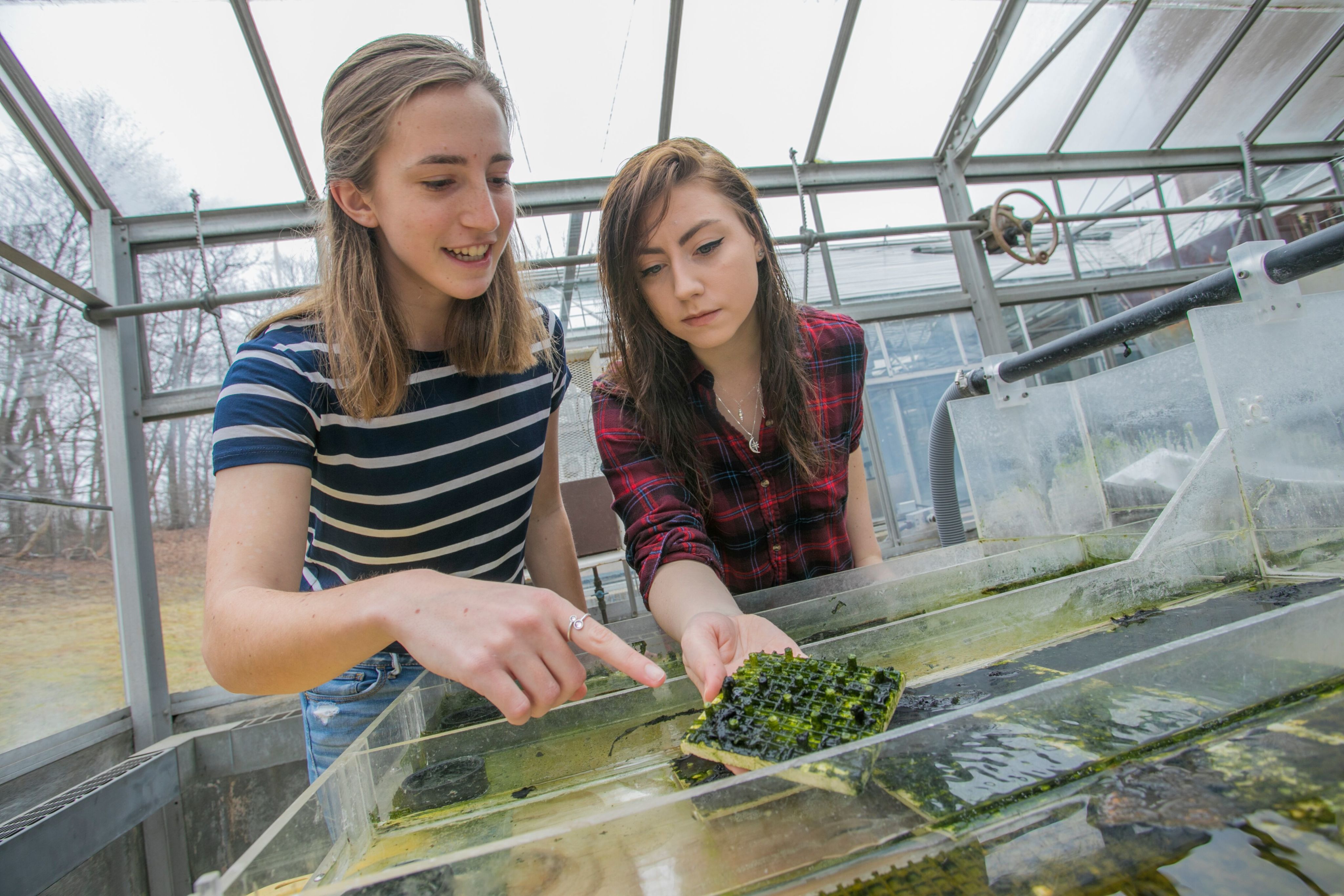
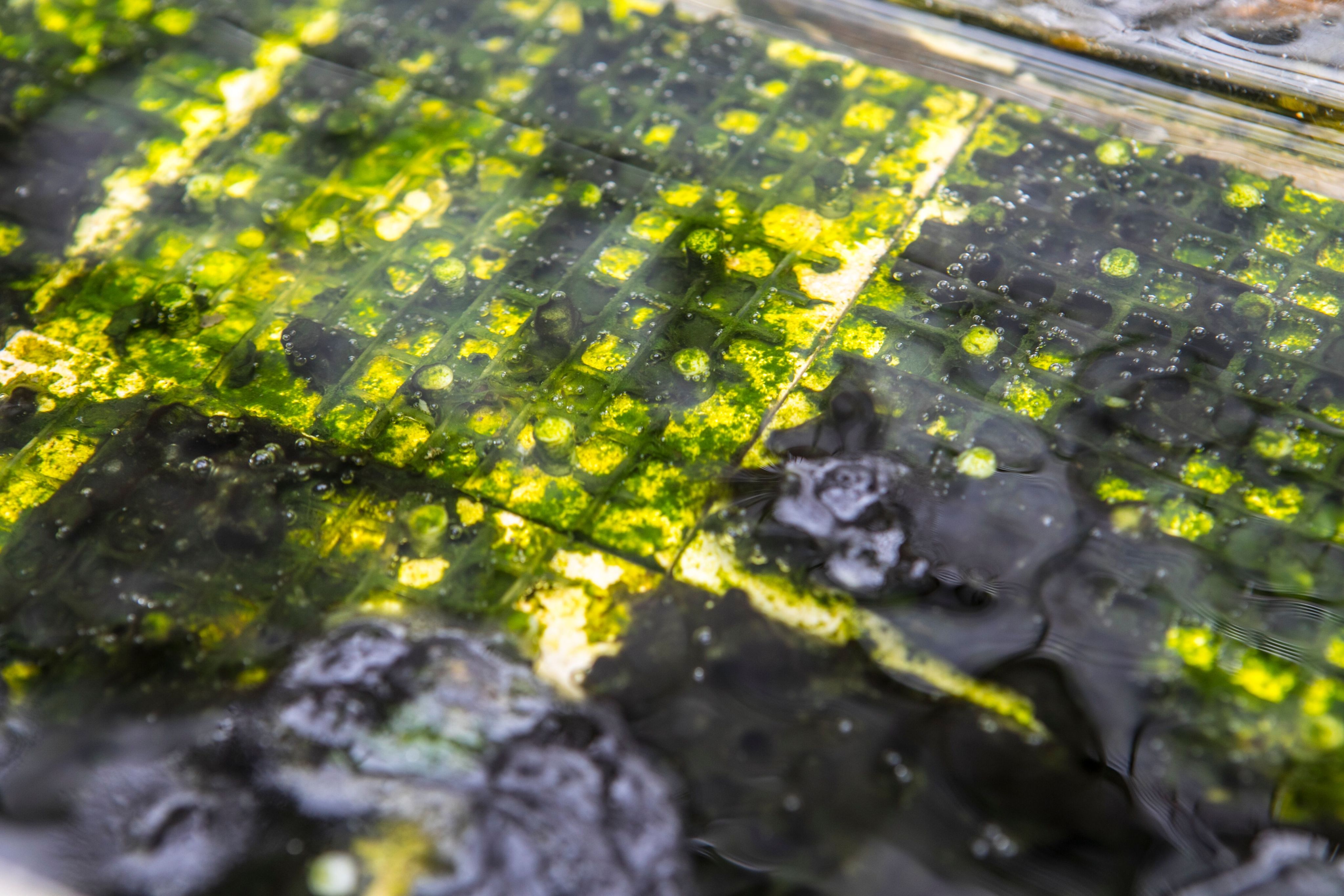
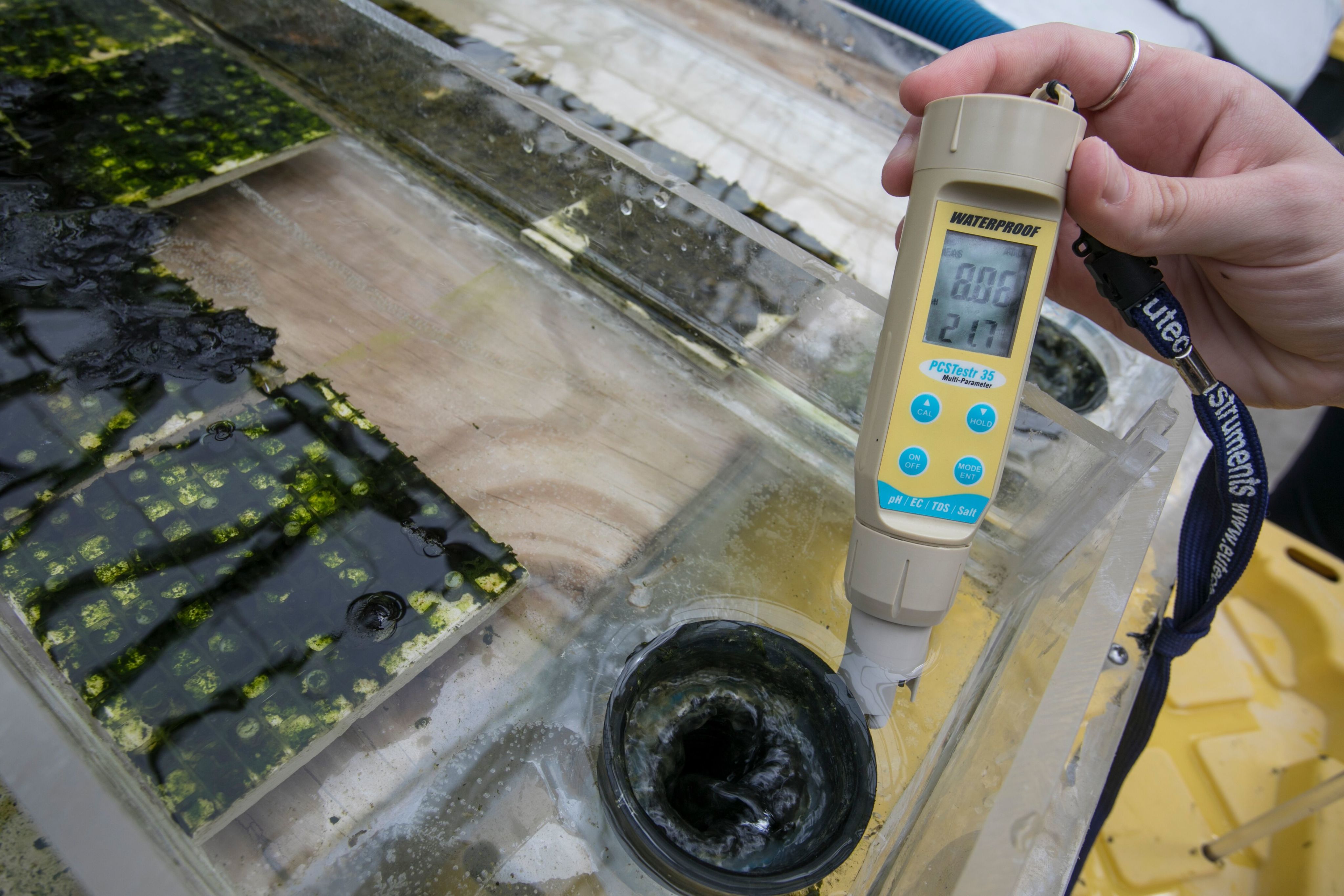
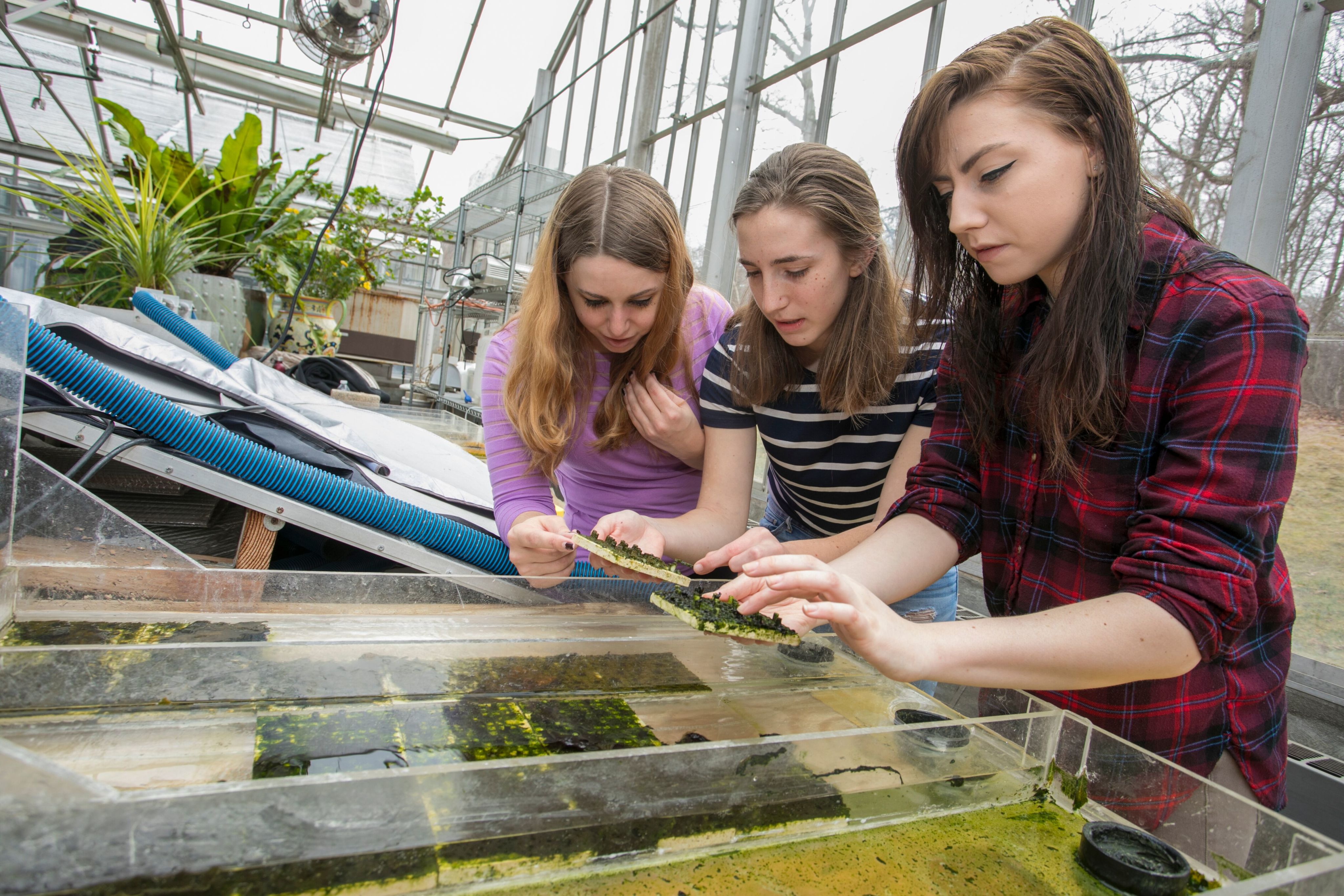




“It’s more like graduate school than many other undergraduate programs, in the way it functions,” Finn explained. “We focus on project-based learning, collaboration and small courses. It’s a very different experience than someone just going to large lectures for their whole undergraduate career. Our focus is very much hands-on.”
This includes undergraduate research. Sustainability Studies students can get their hands dirty, quite literally, in the Earthworm Ecotoxicology Lab, in which 25 students every semester design research projects to determine the effects of things like acid rain, heavy metal contaminants and common herbicides on earthworms.
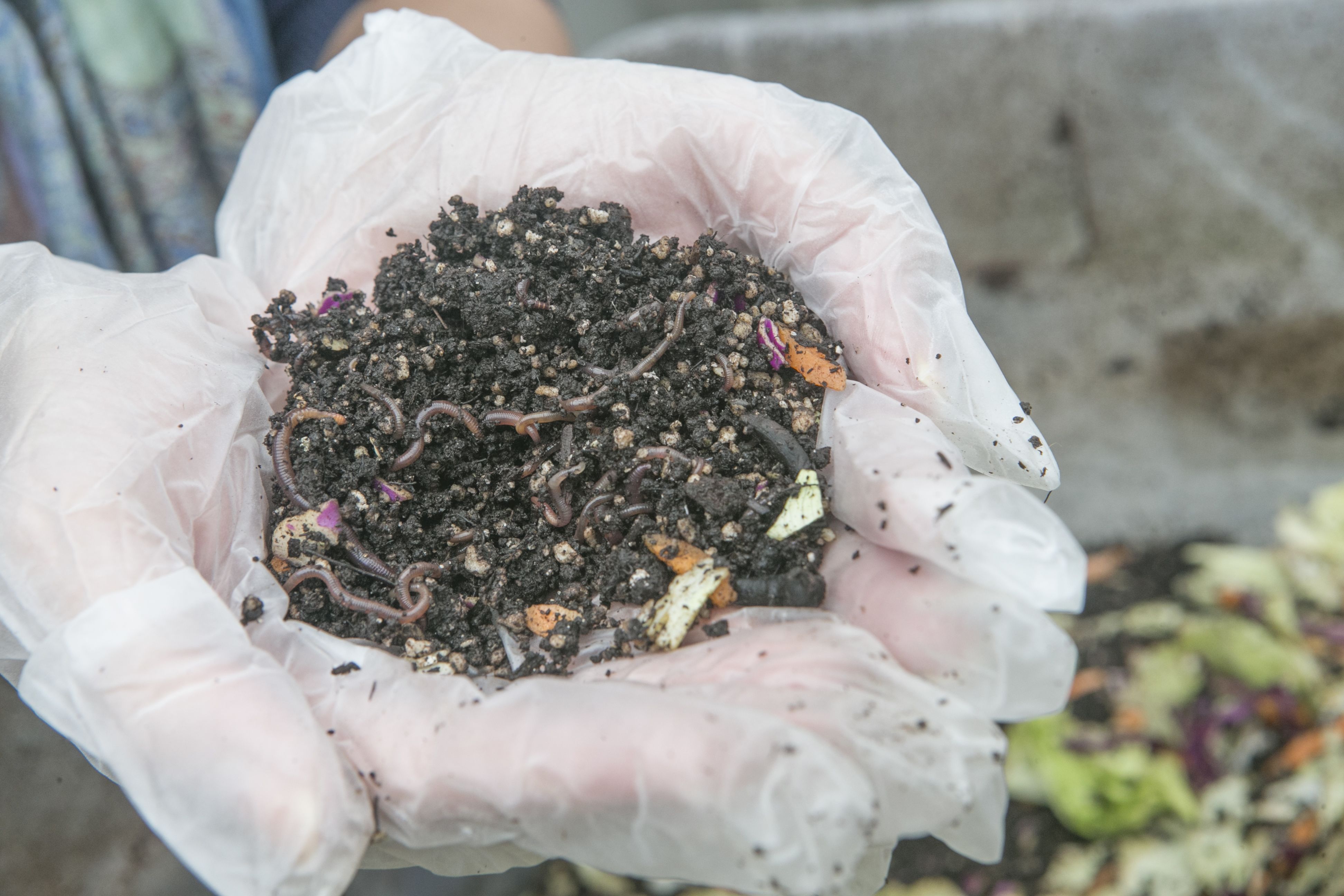
Each year, said Finn, more Sustainability Studies students are going on to graduate school for advanced degrees in fields as varied as urban planning, landscape architecture, public health, biology, and law. They’re being accepted at institutions such as the University of Pennsylvania, UC Berkeley, UCLA and the University of North Carolina.
Three graduates are currently working in high-level positions in the New York City’s mayor’s office, Department of Transportation and Department of Design and Construction. Others are spread around the country, in the public, private and non-profit sectors.
“What I love about our students is that they come to our program because they want to save the world,” said Finn. “They want to get jobs, but they want jobs where they’re doing something that matters. Their passion is contagious.”
Photo credit: John Griffin/Stony Brook University
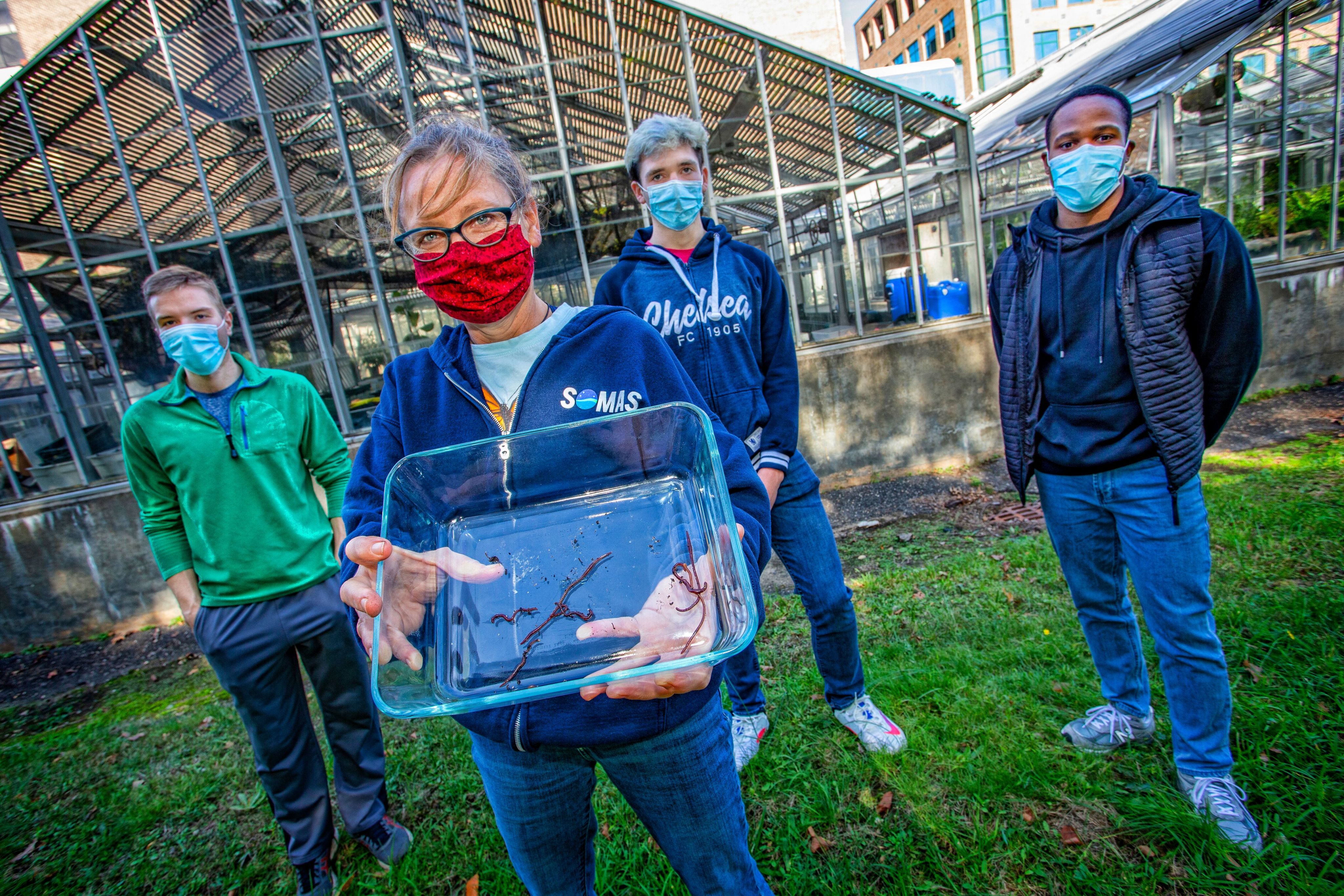
A project in the Earthworm Ecotoxicology Lab showed the impact of Roundup herbicides on earthworms, resulting in a paper that was published in the journal Applied Soil Ecology. Here Sharon Pochron, director of the lab, holds a handful of earthworms used in their exposure test.
A project in the Earthworm Ecotoxicology Lab showed the impact of Roundup herbicides on earthworms, resulting in a paper that was published in the journal Applied Soil Ecology. Here Sharon Pochron, director of the lab, holds a handful of earthworms used in their exposure test.
This content was paid for and created by Stony Brook University. The editorial staff of The Chronicle had no role in its preparation. Find out more about paid content.



